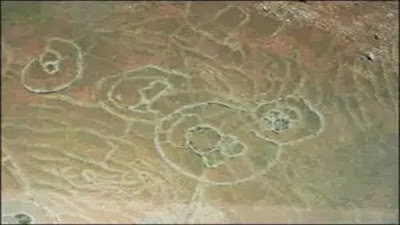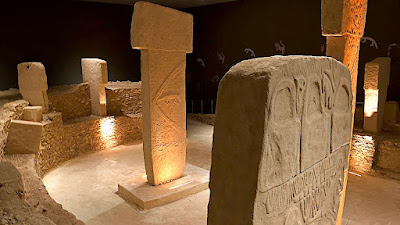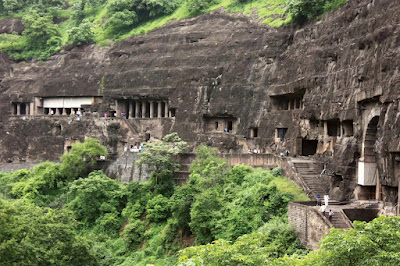The Yonaguni Monument is an enormous underwater rock formation that covers an area of 60 by 50 meters. It was first discovered in the mid-1980s by a scuba diver looking to observe hammerhead sharks. It is situated off the south coast of Yonaguni, an island in Japan’s southwest corner, about 70 miles from Taiwan and is a popular scuba diving destination. Many people believe it is a monolith carved by man thousands of years ago. Masaaki Kimura, a marine geology and seismology professor at the University of Ryukyus, spent years studying the site and believes it was man-made, suggesting that ancient people once lived where it stands. It’s said to be evidence of the lost continent of Mu, long since submerged following a severe hurricane.
The monument was discovered in 1986 by Kihachiro Aratake, who was diving off the coast of Yonaguni Jima, searching for a new spot to view hammerhead sharks. Accidentally straying outside of the designated safety zone, he found a massive stone structure on the ocean floor at a depth of 35 meters. Despite the heavy encrustation of coral, he explored the monument, taking photographs before returning to shore.
Kimura spent over 15 years studying the site, and his observations and data led him to conclude that it was man-made, suggesting that ancient people once lived where it stands. Kimura noted several specific artificial features that supported his theory. These features include marks from tools, a retaining wall, a (suggestive) road, drainage canals, gates, stairways, and two carved monuments shaped like turtles. Kimura also found the suggested remains of tools made from stone and a massive relief carved with animals. Kimura’s evidence initially led him to conclude that the city was over 10,000 years old. Later research led him to fix his estimate to be in the range of 2,000-3,000 years old.
However, skeptics generally dispute any speculation of ancient submerged cities, and the mystery of this site is no exception. Some argue that the straight lines of the formed structure could indicate nature’s natural process of erosion, as sandstones split along horizontal bedding plains that give these regular features. Others suggest that the formation was a foundation for a since-destroyed building or even a quarry for cutting stones. Some skeptics argue that the design and construction would be too complex and challenging for such an ancient people.
Evidence of an Ancient Underwater City in Japan?
The Yonaguni Monument remains a subject of fascination and debate among scientists, divers, and enthusiasts alike. While some believe it to be evidence of a lost civilization, others suggest it could be a natural formation or a modified natural structure. Despite years of research and study, there is no clear consensus on its origin or purpose. As such, the mystery of the Yonaguni Monument continues to capture the imagination of people around the world, drawing them to the shores of Yonaguni island to explore its underwater wonders and contemplate the enigma that lies beneath the surface of the sea.
Articles you might like:


























